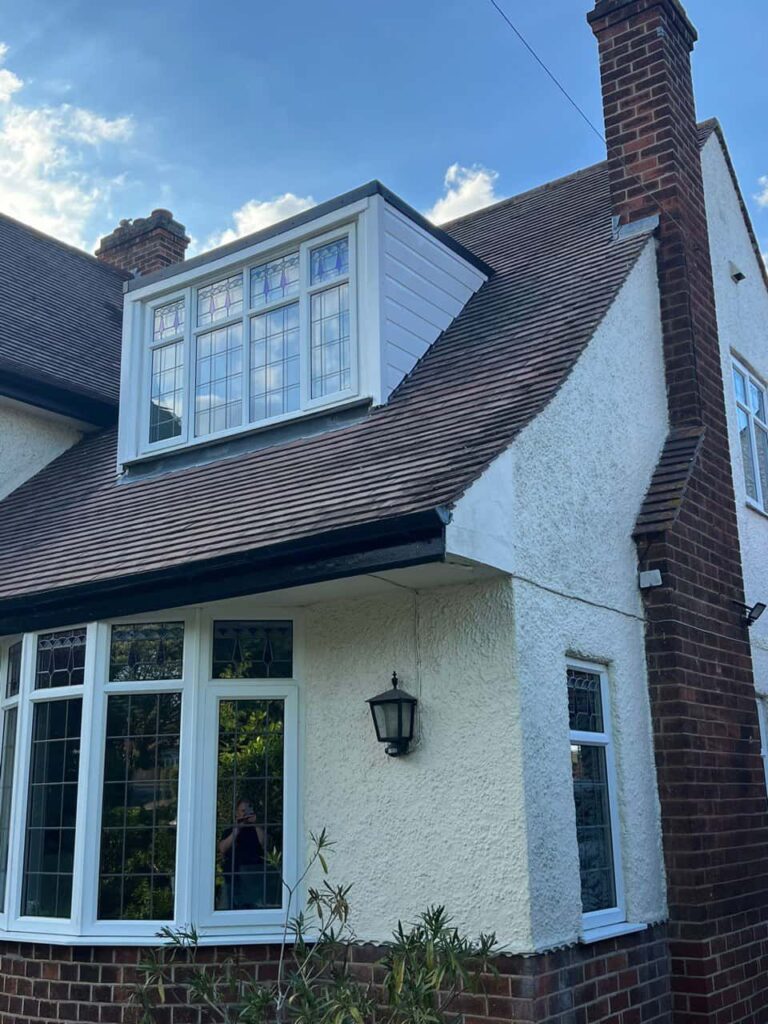Introduction: In today’s environmentally conscious world, businesses and industries increasingly prioritise sustainability and resource conservation. This shift towards eco-friendly practices extends to commercial roofing, where recycled content in roofing materials is gaining traction. Incorporating recycled content into commercial roofing materials offers numerous benefits, including reduced environmental impact, resource conservation, and improved building performance. In this blog post, we’ll explore the advantages of using recycled content in commercial roofing materials and highlight its positive impact on both the environment and building owners.
Environmental Sustainability:
- One of the primary benefits of using recycled content in commercial roofing materials is its positive impact on environmental sustainability. By diverting waste from landfills and reducing the need for virgin raw materials, recycled roofing materials help conserve natural resources and minimise the environmental footprint of roofing projects. Using recycled content also reduces energy consumption and greenhouse gas emissions associated with the extraction, processing, and transportation of new materials, contributing to a more sustainable built environment.
Resource Conservation:
- Incorporating recycled content into commercial roofing materials conserves valuable resources by extending the lifespan of existing materials and reducing the demand for virgin materials. Recycled roofing materials, such as recycled rubber shingles, recycled metal panels, or recycled plastic membranes, offer comparable performance and durability to their non-recycled counterparts while minimising the depletion of finite resources such as timber, metal ores, and fossil fuels. Recycled content roofing materials promote resource conservation and support long-term environmental stewardship and responsible resource management.
Energy Efficiency:
- Many recycled content roofing materials exhibit superior energy efficiency properties compared to traditional roofing materials, contributing to reduced energy consumption and lower utility costs for building owners. For example, cool roofing materials from recycled content, such as reflective metal panels or recycled thermoplastic membranes, help reduce solar heat gain and lower rooftop temperatures, reducing air conditioning and enhancing indoor comfort. By improving energy efficiency, recycled content roofing materials support sustainable building practices and help mitigate the urban heat island effect in urban areas.
Cost Savings:
- Using recycled content in commercial roofing materials can result in cost savings for building owners and developers over the lifecycle of the building. While initial costs may be comparable to or slightly higher than non-recycled materials, the long-term benefits of reduced maintenance, improved energy efficiency, and extended service life often outweigh the upfront investment. Additionally, some municipalities offer incentives, rebates, or tax credits for using recycled content materials, further offsetting project costs and enhancing the economic viability of sustainable roofing solutions.
Market Differentiation and Brand Image:
- Incorporating recycled content into commercial roofing materials demonstrates a commitment to sustainability and environmental responsibility, enhancing building owners’ and developers’ market differentiation and brand image. Sustainable building practices are increasingly valued by tenants, investors, and consumers, who prioritise environmentally friendly features and certifications when making purchasing decisions. By choosing recycled content roofing materials, businesses can differentiate themselves in the marketplace, attract eco-conscious clients, and enhance their corporate reputation as stewards of the environment.
Conclusion: Using recycled content in commercial roofing materials offers many benefits, including environmental sustainability, resource conservation, energy efficiency, cost savings, and market differentiation. By embracing sustainable roofing solutions, building owners and developers can reduce their environmental impact, conserve valuable resources, improve building performance, and enhance their brand image. As the demand for eco-friendly building materials continues to grow, recycled content roofing materials are poised to play a key role in shaping the future of sustainable construction and fostering a more resilient and responsible built environment.
Call us on: 01332 215 195
Click here to find out more about Castle Donnington Roofing Repairs
Click here to complete our contact form and see how we can help with your roofing needs.

